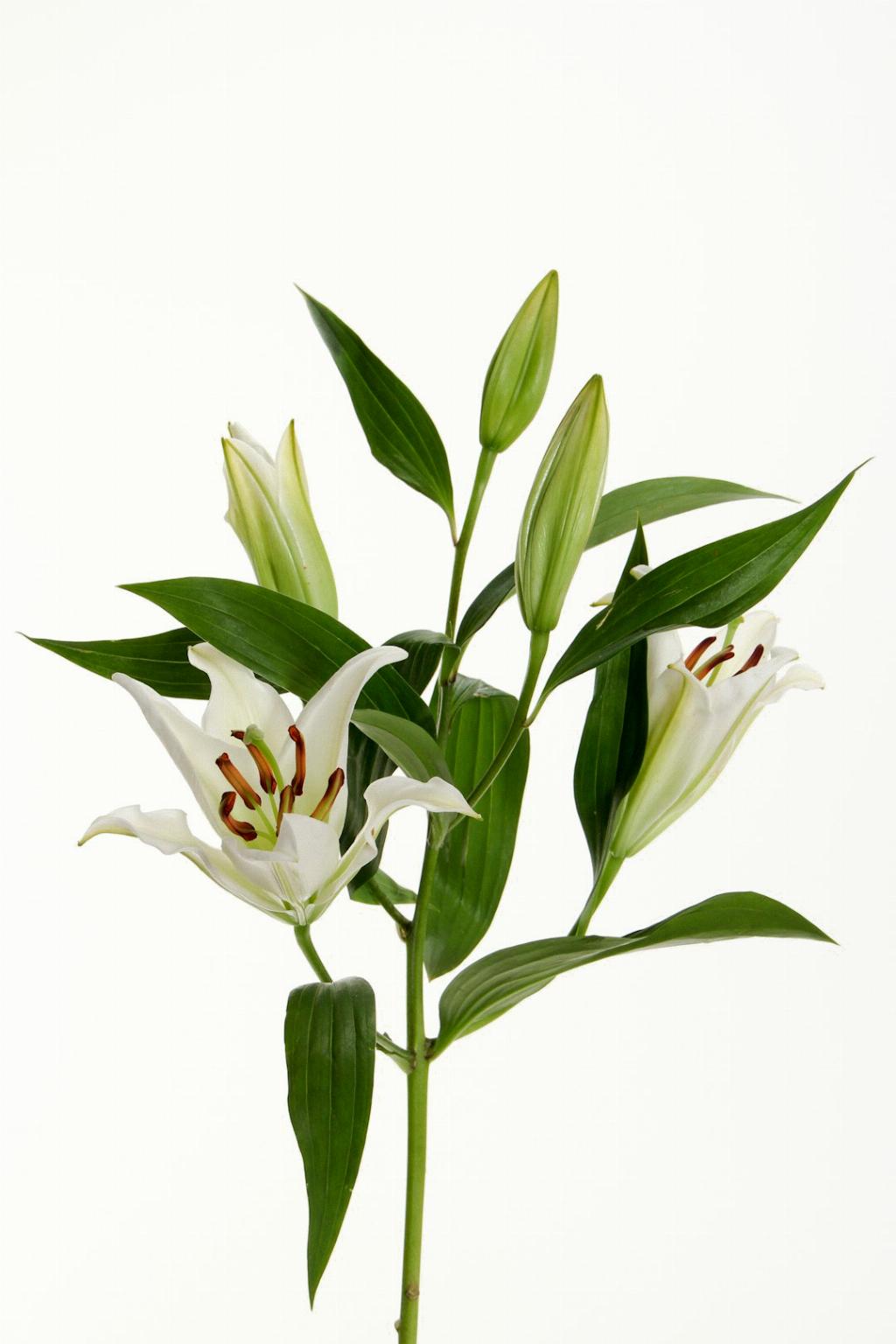There seems to be a common misconception that lotus and water lilies are the same. While they both share similarities in being aquatic plants that bloom in ponds, there are distinct differences that set them apart.
One of the key differences between lotus and water lilies lies in the texture of their flowers and leaves. Water lilies typically have thick and waxy flowers and leaves, whereas lotus flowers and leaves are thin and papery to the touch.
Additionally, another distinguishing feature between lotus and water lilies is the structure of their leaves. Water lilies are known for having a noticeable notch in each leaf, a characteristic not found in lotus leaves.
In terms of symbolism, lotus and water lilies also carry distinct meanings in various cultures. The lotus flower is often associated with purity and enlightenment in Eastern traditions, while water lilies symbolize beauty and rebirth.
Furthermore, the way in which lotus and water lilies grow in their respective environments differs as well. Lotus plants typically grow taller and have their flowers held high above the water, while water lilies float on the surface of the water.
It is also important to note that lotus plants are known for their edible seeds, commonly used in Asian cuisine and for their potential health benefits, while water lilies are primarily appreciated for their ornamental beauty.
When it comes to the cultural significance of lotus and water lilies, these plants have been revered and celebrated in art and literature across various civilizations throughout history. Their presence in paintings and poems often reflects their symbolic meanings.
From a botanical standpoint, lotus plants belong to the Nelumbo genus, while water lilies are part of the Nymphaea genus, further highlighting the distinct classification of these two plant species.
In terms of habitat preference, lotus plants are often found in muddy waters and require a deeper growing environment compared to water lilies, which thrive in shallower waters with still or slow-moving currents.
Both lotus and water lilies play essential roles in aquatic ecosystems by providing habitats for various wildlife species, aiding oxygen production, and contributing to the overall health of pond ecosystems.
Despite their differences, both lotus and water lilies hold a special place in our hearts and gardens, captivating us with their beauty and symbolism that transcend cultural boundaries and connect us to the wonders of the natural world.
In conclusion, while lotus and water lilies may share some common traits, they are ultimately distinct plant species with unique characteristics, meanings, and cultural significance that continue to fascinate and inspire us in different ways.

